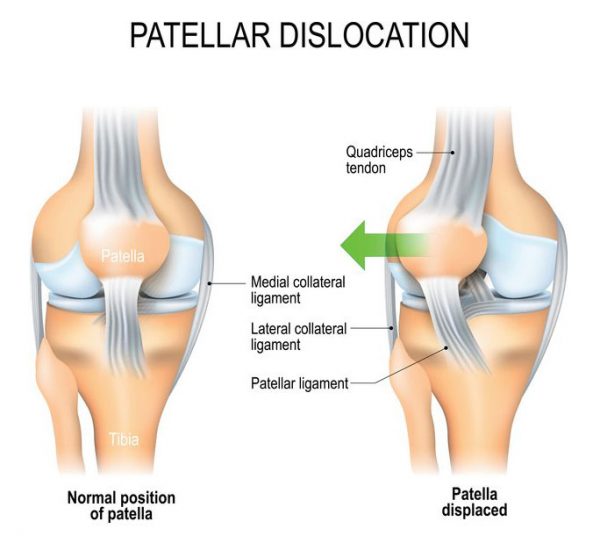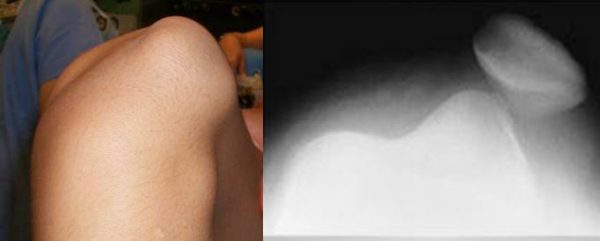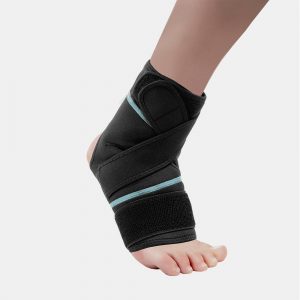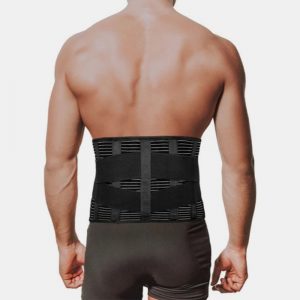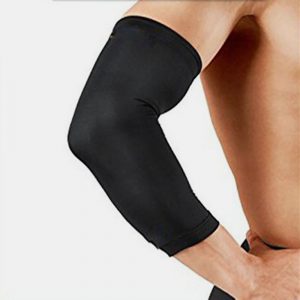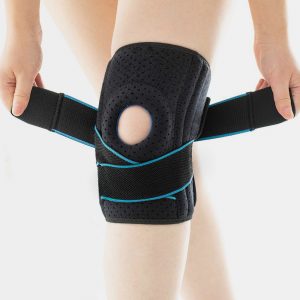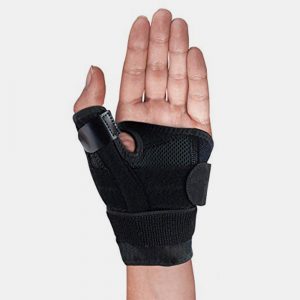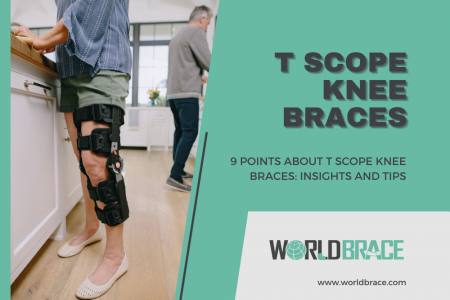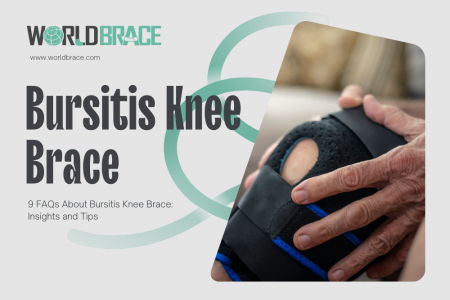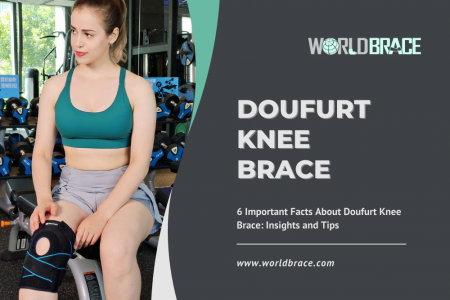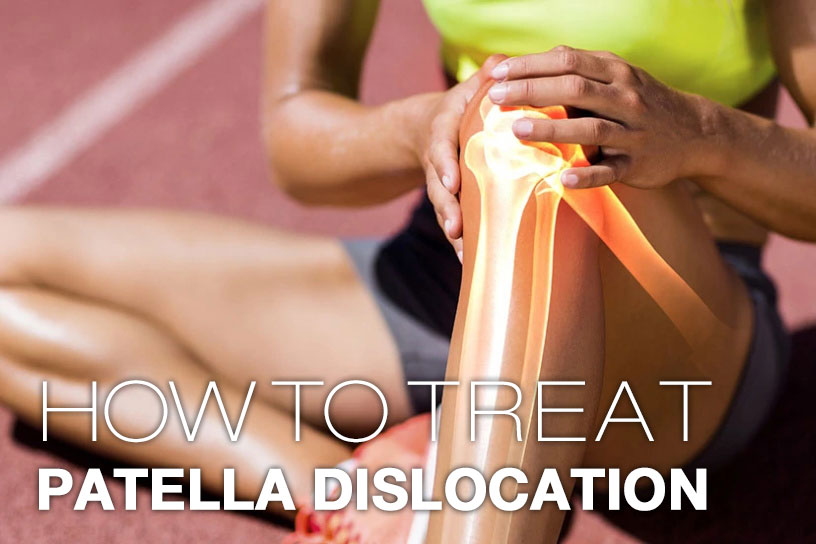
Table of Contents
What is Patella Dislocation?
A patellar dislocation happens when the patella shifts to the side and exits the femoral condyle’s trochlea groove. A disruption of the medial patellofemoral ligament is the most common cause.
The patella is the biggest sesamoid bone in the human body, lying anterior to the knee joint within the quadriceps femoris muscle’s tendon and serving as a point of attachment for both the patellar ligament and the quadriceps tendon. By raising the moment arm of the patellar ligament, the patella improves the adequate extension capacity of the quadriceps muscle. The patella also acts as a bone cover for deeper components in the knee joint, protecting the quadriceps tendon from frictional stresses by reducing tendon contact with the femur.
Patella dislocation occurs when the patella, the kneecap, dislocates from its groove at the knee joint. The knee joint comprises three bones: the shinbone, the thighbone, and, in the middle, the kneecap. The kneecap slides typically vertically and horizontally within a vertical groove between the upper end of the shinbone and the bottom end of the thighbone as you bend and straighten your leg (the trochlear groove). The kneecap is held in place by tendons and ligaments that bend when it moves.
How To Treat Patella Dislocation?
The doctor will immediately reposition a displaced kneecap (a procedure known as “reduction“). This procedure may require a general or local anesthetic. After the kneecap has been replaced, you should rest the knee and reduce inflammation with compression, ice, and elevation. A knee brace or crutches are usually required while your knee heals. In addition, physiotherapy is usually recommended to patients to help them rehabilitate their muscles and recover knee movement.
If you have recurring kneecap dislocations, surgery to strengthen the muscles or repair the inner ligaments may be recommended. In addition, the bone may need to be resected and relocated in certain rare cases.
Patella Dislocation Pictures
How Can You Dislocate Your Patella?
Any injury to the patella can cause it to dislocate. Certain persons, however, are more vulnerable, including:
- Athletes, particularly those involved in high-impact sports.
- Dancers are prone to pivoting quickly.
- Teenagers have looser joints and ligaments due to continual development.
- Women’s larger hips and looser ligaments place the knee under additional lateral strain.
- Tall and big men have additional pressure on their joints.
- People with patellar fragility, particularly if their patella has already dislocated.
What Is The Best Knee Brace For Patella Dislocations?
Since 2001, WorldBrace has been the leading manufacturer of high-quality knee braces in China. For your business, we provide a one-stop knee brace solution.
Consider buying something from WorldBrace. To develop, design, construct, and distribute the absolute best knee braces, we have a strong Research and development team. For over 20 years, we have been the renowned Chinese manufacturer of knee braces. Wrist braces, shoulder braces, elbow braces, knee braces, ankle braces, back braces, posture braces, and other sports braces are available from WorldBrace.
Although a displaced patella is frightening and severe, it is not as dangerous as other dislocation injuries. Because the patella dislocates with less power than other bones, collateral damage to nerves or blood vessels is less risky. It also moves around more easily, sometimes on its own.
Patella Dislocation Emergency
faq
Can You Fix Dislocate Patella Yourself?
Probably. When the leg is gently stretched, the kneecap has been known to slide back into position by itself. If extending the leg is too bothersome, your healthcare practitioner may prescribe medication to help. If you decide to mend it yourself, make an appointment with your doctor afterward. They’ll want to look for fractures and cartilage, and ligament damage.
How Long Does A Dislocated Patella Take To Heal?
Your prognosis is bright if you’ve had your patella dislocated for the first time. Most folks will be fully recovered in six weeks. On the other hand, long-term repercussions may include a less firm knee joint and cartilage damage, contributing to osteoarthritis later in life.
If you have persistent patellar weakness or recurrent patella dislocations, you might be a good candidate for surgery to help stabilize the joint. Surgical stabilization has a high success rate, although it has been associated with osteoarthritis in the long run.

